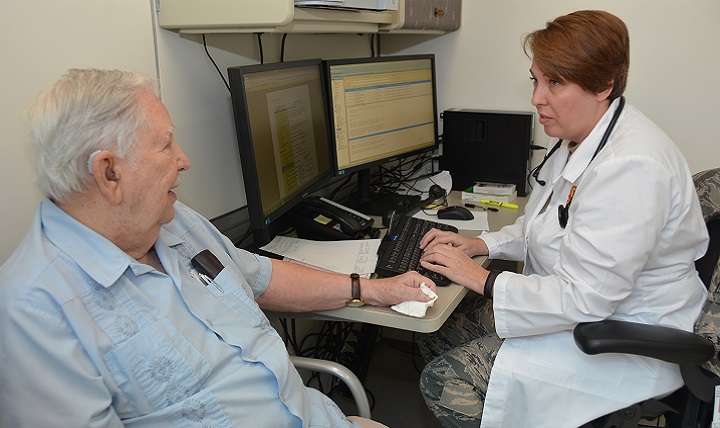Opioid addiction plagued America today as more people fall trapped in this new epidemic, whether intentional or not. One of the most common scenarios today happens in the ER, whenever there’s accident, surgeries, or indescribable pain; doctors usually prescribe some kind of painkiller. But these painkillers typically composed of opioids which can trigger addiction to some people.
Opioid Use Disorder
Experts classify Opioid Use Disorder as a problematic pattern of opioid use that produces significant impairment or distress that interrupts with daily life routine. Opioid addicts commonly experience increase tolerance to opioids, a very strong desire to consume the drugs, and having withdrawal symptoms if they suddenly stop taking the drug. Addiction and dependence are the two signs of substance use disorder. Opioid addicts often manifest psychological and physical dependence on opioid derived drugs.
We need change
Unfortunately, most doctors still continue providing opioids to their patients; which means Americans have access to buprenorphine, methadone, and naltrexone. These drugs are the most common pharmaceuticals that trigger addiction even for senior people who often experience pain. Fortunately, lawmakers recognize this, and their making changes of what America needs today. Some states are now being strict of the requirements for doctors to meticulously screen patients for any possibility of drug addiction. Here’s an article that exemplifies of growing concern of many Americans today:
Help us Understand why…
“Dear Doctor,
Please help me understand why so few of you have chosen to treat people with opioid addictions.
I’ve been following the topic of opioid addiction for years. It is one of the most common themes for First Opinion submissions. Authors routinely point to the importance of medication-assisted therapy, the standard of care for individuals with opioid addiction (a term that those in the know tell me I should replace with opioid use disorder). That means treatment with methadone, buprenorphine, naltrexone, or combinations of these — medications you could prescribe if you wanted to.
The surgeon general’s report, “Facing Addiction in America,” says that medication-assisted therapy is effective in treating opioid use disorder, but is vastly underused. FDA Commissioner Scott Gottlieb has called medication-assisted therapy “one of the major pillars of the federal response to the opioid epidemic in this country.”
Yet 95 percent of you don’t prescribe these medications.
Why is that?
People with opioid use disorder are treated by family physicians in small towns, like Dr. Nicole Gastala in Marshalltown, Iowa, who was profiled in the New York Times. They visit psychiatrists in posh Manhattan offices. They see internists, gastroenterologists, neurologists, pain specialists, emergency physicians, and other specialists. In all likelihood, your patient panel includes one or more individuals with opioid use disorder, though you may not be aware of it — many people go to great lengths to hide their addiction.”
Read the rest of the letter here.

